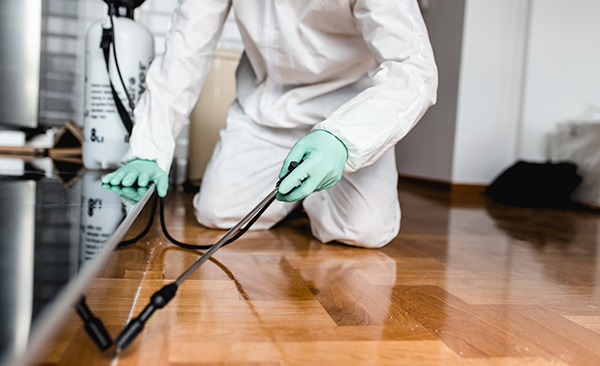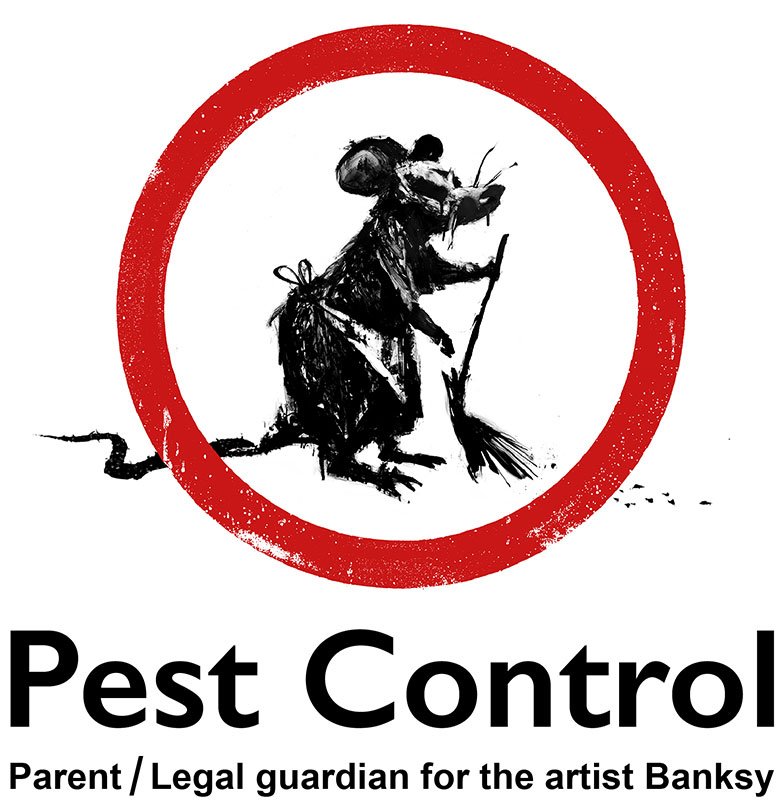Why Homeowners Rely on Pest Control Lockhart for Their Needs
Why Homeowners Rely on Pest Control Lockhart for Their Needs
Blog Article
Discovering Problem and Treatment Strategies worldwide of Insect Control
The landscape of bug control includes a myriad of challenges, particularly as problems of common family insects proceed to progress. Recognizing the actions and reproductive patterns of these nuisances is crucial for developing reliable treatment approaches. By integrating precautionary procedures with sophisticated monitoring methods, such as Integrated Parasite Management (IPM), property owners can better guard their settings. Nonetheless, the effectiveness of these techniques might differ considerably based upon specific circumstances. What hidden elements add to the success or failing of these strategies in different setups?

Usual Household Vermin
When it concerns handling our living spaces, comprehending usual family parasites is important. These parasites not just interrupt our comfort however can likewise position health and wellness dangers and damages home. One of the most common household insects consist of ants, cockroaches, rats, termites, and bed pests.
Ants, commonly seen foraging in cooking areas, can infect food and develop huge colonies. Roaches, recognized for their strength, can activate allergies and spread pathogens. Rodents, consisting of computer mice and rats, can cause structural damage and lug diseases like hantavirus and salmonella. Termites, often referred to as "quiet destroyers," can jeopardize the integrity of wood frameworks, causing pricey repairs. Bed insects, although not condition providers, can cause significant pain via their bites and lead to psychological distress.
Identifying the indications of these parasites, such as droppings, nests, or attack marks, is crucial for early intervention (Pest Control Lockhart). Correct hygiene methods, securing entry factors, and preserving a clutter-free environment work preventative procedures. By determining these typical house pests and recognizing their habits, house owners can take proactive actions to mitigate problems, guaranteeing a much healthier living environment
Understanding Insect Infestations
Pest invasions can escalate rapidly, turning a small annoyance right into a significant issue if not dealt with without delay. Usual aspects adding to problems consist of poor hygiene, structural vulnerabilities, and seasonal changes that drive bugs inside your home.
Identifying the kind of pest is necessary, as various types display different actions and reproductive rates. As an example, rats may establish nests in concealed locations while pests like cockroaches thrive in wet environments. Early discovery usually depends upon identifying indicators such as droppings, nibble marks, or unusual sounds, which can show a trouble before it comes to be severe.
Cozy, humid climates can help with the rapid development of parasite populaces, while changes in landscaping or building can inadvertently produce helpful atmospheres. An informed method to understanding these dynamics lays the foundation for reliable insect management methods in the future.
Treatment Techniques and Strategies
Reliable therapy approaches and methods are important for minimizing pest invasions and recovering a safe setting. A diverse strategy is commonly best, including chemical, organic, and mechanical techniques tailored to the certain bug and the extent of the invasion.
Chemical treatments include using pesticides and herbicides, which can effectively eliminate bugs. Nevertheless, proper application and adherence to safety guidelines are vital to minimize risks to humans and non-target microorganisms. Integrated Bug Monitoring (IPM) urges the sensible use chemicals as a last option, counting rather on monitoring and threshold degrees to figure out treatment needs.
Biological control techniques entail presenting all-natural predators or parasites to reduce insect populaces. This strategy is increasingly preferred, especially in farming settings, as it advertises environmental sustainability.
Mechanical techniques, go such as basics catches and barriers, give immediate remedy for bugs without introducing chemicals. Choices include sticky catches for bugs or physical obstacles for rodents.
Inevitably, the choice of treatment technique need to think about the certain pest, the atmosphere, and prospective impacts on human health and wellness and communities. A well balanced mix of these techniques can efficiently handle invasions while promoting long-term bug control options.
Preventative Measures for Homes
Proactively dealing with parasite concerns before they rise is essential for maintaining a healthy home environment (Pest Control Lockhart). Applying reliable safety nets can dramatically lower the chance of invasions, eventually guarding both your home and wellness

Correct landscaping likewise plays an important role in prevention. Keeping hedges and trees trimmed away from your house lowers the possibilities of bugs discovering their means inside your home. Moreover, ensure that drain systems are working efficiently read to avoid standing water, which can pull in insects and other bugs.
Finally, routine inspections are suggested. Frequently looking for indications of parasite activity enables for early treatment. By taking on these preventive steps, property owners can produce a setting that is less friendly to insects, consequently boosting their general quality of life and decreasing the requirement for substantial bug control treatments.
Business Bug Control Techniques
A thorough technique to commercial parasite control is crucial for organizations aiming to keep a risk-free and sanitary setting. Reliable strategies entail a mix of regular assessments, staff member training, and the application of Integrated Pest Administration (IPM) techniques.
Regular evaluations allow early discovery of pest task, permitting prompt treatment. Organizations need to develop a regular schedule for these assessments, concentrating on risky areas such as cooking areas, storeroom, and garbage disposal sites. Staff member training is equally vital; staff needs to be enlightened on the indicators of parasite problems and the relevance of reporting them quickly.
Executing IPM techniques helps minimize pest concerns sustainably. This includes environment alteration, such as sealing entrance factors and lowering clutter, in addition to employing all-natural deterrents before turning to chemical therapies.

Additionally, collaborating with a qualified insect control service provider makes sure access to professional expertise and sophisticated treatment options. This collaboration can result in tailored parasite control plans tailored to the certain demands of the business, minimizing dangers and boosting general effectiveness. Ultimately, a positive and educated method promotes a pest-free setting, securing both public health and service online reputation.
Final Thought
In verdict, effective bug control necessitates a comprehensive understanding of typical house bugs and their habits, coupled with targeted treatment approaches. Implementing precautionary actions alongside treatment methods such as Integrated Parasite Management and biological control improves the capacity to mitigate invasions.
Report this page